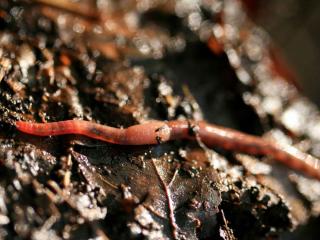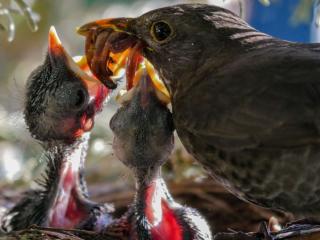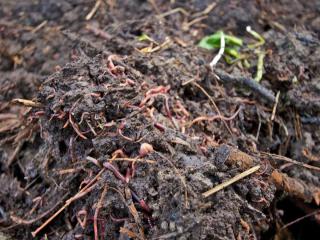

The total weight of earthworms in our country weights more than that of our entire population! This astonishing number hints at the colossal and indispensable work these unseen laborers accomplish.
Let’s dig a bit deeper underground to better understand the crucial role of the earthworm in the garden.
Also read:
Most kinds of earthworm measure between 2 and 12 inches (between 5 and 30 cm). Its elongated body is more complex than it seems.
 It consists of rings covered with tiny hairs that help it move.
It consists of rings covered with tiny hairs that help it move.Did you know?
If you cut an earthworm between its reproductive ring and anus, it can survive because all its vital organs are contained between reproductive zone and head. Otherwise, it will die. In no case will a worm cut in half regrow, as is sometimes heard.
Their presence in the garden indicates that soil quality is good, because an earthworm does not like acidic, sandy, arid, often disturbed (plowed) and poor, bare environments.
Excrements of earthworms contribute to soil enrichment and plant fertilization. They are rich in magnesium, nitrogen, phosphorus, calcium, and potassium. You can see them on lawns as small twists.
 There are about two hundred earthworms per square meter, burrowing as down to a depth of 6.5 to 12 feet (two to four meters).
There are about two hundred earthworms per square meter, burrowing as down to a depth of 6.5 to 12 feet (two to four meters).
Some elements are conducive to the presence of earthworms in the garden.
 Plant debris like dead leaves.
Plant debris like dead leaves.The ideal garden for earthworms must respect the cycle of seasons with its resting periods and thoughtful maintenance. It is important to keep some areas wild and undisturbed.
Contemplate:
“Earthworms dive into soil so as not to fall in love with the stars”. (Yvan Audouard)
L.D.
→ Also read: